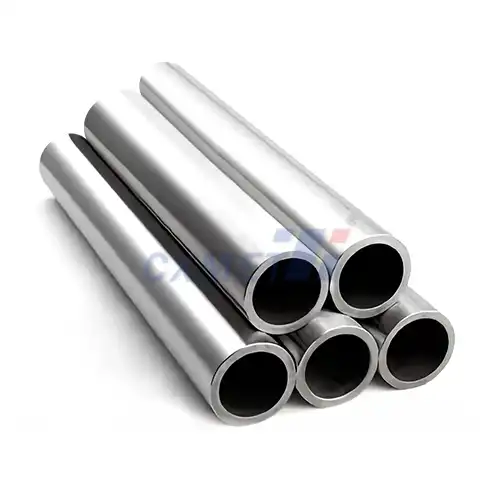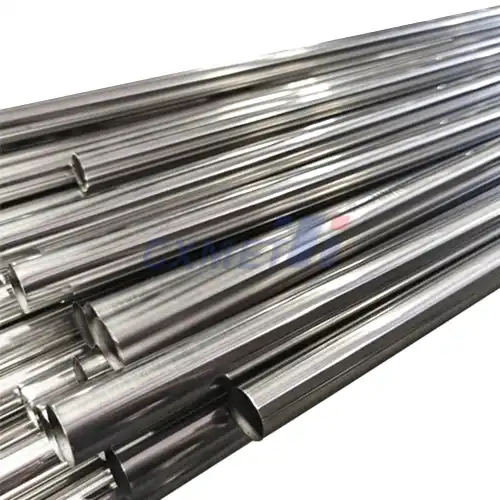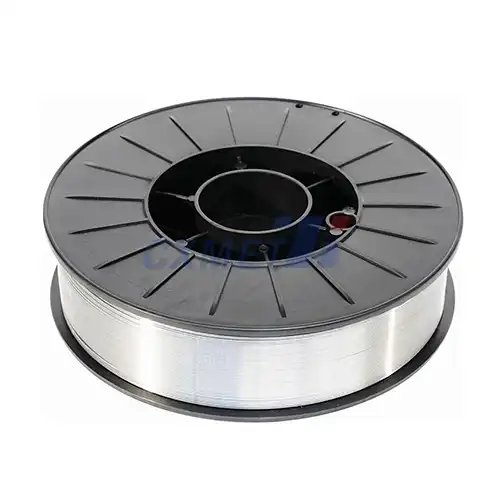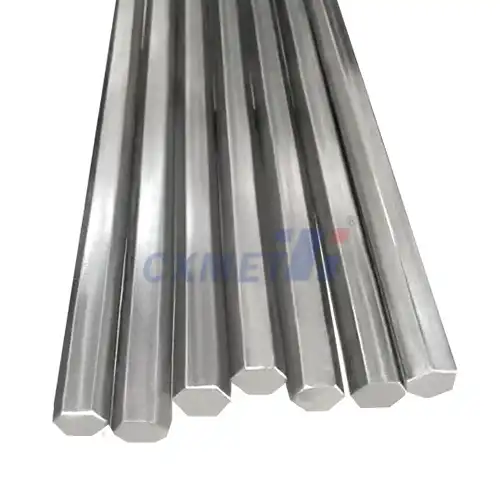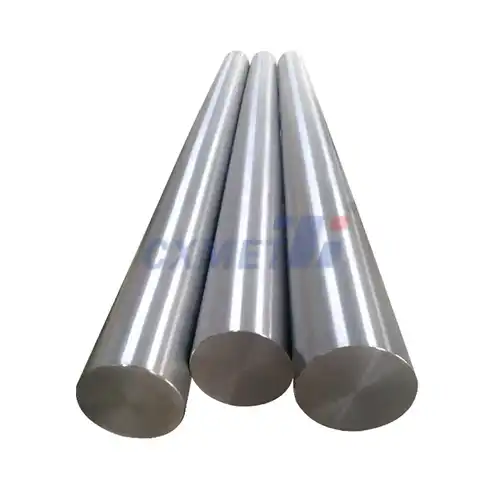- English
- French
- German
- Portuguese
- Spanish
- Russian
- Japanese
- Korean
- Arabic
- Greek
- German
- Turkish
- Italian
- Danish
- Romanian
- Indonesian
- Czech
- Afrikaans
- Swedish
- Polish
- Basque
- Catalan
- Esperanto
- Hindi
- Lao
- Albanian
- Amharic
- Armenian
- Azerbaijani
- Belarusian
- Bengali
- Bosnian
- Bulgarian
- Cebuano
- Chichewa
- Corsican
- Croatian
- Dutch
- Estonian
- Filipino
- Finnish
- Frisian
- Galician
- Georgian
- Gujarati
- Haitian
- Hausa
- Hawaiian
- Hebrew
- Hmong
- Hungarian
- Icelandic
- Igbo
- Javanese
- Kannada
- Kazakh
- Khmer
- Kurdish
- Kyrgyz
- Latin
- Latvian
- Lithuanian
- Luxembou..
- Macedonian
- Malagasy
- Malay
- Malayalam
- Maltese
- Maori
- Marathi
- Mongolian
- Burmese
- Nepali
- Norwegian
- Pashto
- Persian
- Punjabi
- Serbian
- Sesotho
- Sinhala
- Slovak
- Slovenian
- Somali
- Samoan
- Scots Gaelic
- Shona
- Sindhi
- Sundanese
- Swahili
- Tajik
- Tamil
- Telugu
- Thai
- Ukrainian
- Urdu
- Uzbek
- Vietnamese
- Welsh
- Xhosa
- Yiddish
- Yoruba
- Zulu
How Does ASTM B862 Address the Welding Process for Titanium Alloy Welded Pipes?
2025-03-24 16:52:25
ASTM B862 titanium tube is a crucial standard that provides specifications for seamless and welded titanium and titanium alloy pipes. This standard plays a significant role in addressing the welding process for titanium alloy welded pipes, ensuring high-quality, reliable, and safe products for various industries. The standard covers important aspects such as material composition, mechanical properties, and welding procedures, which are essential for maintaining the integrity and performance of titanium alloy welded pipes.
|
|
|
What are the key requirements for welding titanium alloy pipes according to ASTM B862?
ASTM B862 titanium tube outlines several key requirements for welding titanium alloy pipes to ensure the highest quality and reliability of the final product. These requirements encompass various aspects of the welding process, including material preparation, welding techniques, and post-weld treatments.
First and foremost, the standard emphasizes the importance of proper material selection and preparation. Titanium alloys used for welded pipes must meet specific chemical composition requirements as outlined in the standard. This ensures that the base material possesses the necessary properties for welding and subsequent use in demanding applications. Additionally, the surfaces to be welded must be thoroughly cleaned and prepared to remove any contaminants that could compromise the weld quality.
ASTM B862 also specifies the welding techniques that should be employed for titanium alloy pipes. Gas Tungsten Arc Welding (GTAW), also known as TIG welding, is the most commonly recommended method due to its ability to produce high-quality welds with minimal contamination. The standard provides guidelines for welding parameters such as current, voltage, and travel speed, which must be carefully controlled to achieve optimal results.
Another critical requirement addressed by ASTM B862 is the use of inert gas shielding during the welding process. Titanium is highly reactive at elevated temperatures, making it susceptible to atmospheric contamination. The standard mandates the use of high-purity argon or helium as shielding gases to protect the weld pool and heat-affected zone from oxidation and other harmful reactions.
Post-weld heat treatment is also an essential aspect covered by the standard. ASTM B862 provides guidelines for stress-relieving treatments that may be necessary to alleviate residual stresses introduced during the welding process. These treatments help ensure the dimensional stability and mechanical integrity of the welded pipes.
Furthermore, the standard addresses the importance of weld inspection and testing. Non-destructive testing methods such as radiographic and ultrasonic inspection are recommended to detect any internal defects or discontinuities in the weld. Additionally, mechanical testing of welded samples is required to verify that the weld meets the specified strength and ductility requirements.
How does ASTM B862 ensure the quality and reliability of titanium alloy welded pipes?
ASTM B862 titanium tube plays a crucial role in ensuring the quality and reliability of titanium alloy welded pipes through a comprehensive set of requirements and specifications. The standard addresses various aspects of the manufacturing process, from raw material selection to final product testing, to guarantee that the welded pipes meet the highest standards of performance and safety.
One of the primary ways ASTM B862 ensures quality is by establishing strict material requirements. The standard specifies the chemical composition ranges for different grades of titanium alloys used in pipe manufacturing. This ensures that the base material possesses the necessary properties for welding and subsequent use in demanding applications. By controlling the material composition, ASTM B862 helps prevent issues such as weld cracking, embrittlement, or reduced corrosion resistance that could arise from improper alloy selection.
The standard also sets forth detailed requirements for the welding process itself. It provides guidelines for welding parameters, techniques, and procedures that have been proven to produce high-quality welds in titanium alloy pipes. By following these guidelines, manufacturers can minimize the risk of welding defects such as porosity, lack of fusion, or incomplete penetration, which could compromise the integrity of the pipe.
ASTM B862 emphasizes the importance of proper heat input control during welding. Excessive heat input can lead to grain growth and property degradation in the heat-affected zone, while insufficient heat input may result in incomplete fusion. The standard provides guidance on optimizing welding parameters to achieve the right balance, ensuring that the welded joint maintains the desired mechanical properties.
Another critical aspect addressed by ASTM B862 is the control of interstitial elements such as oxygen, nitrogen, and hydrogen. These elements can significantly affect the mechanical properties and corrosion resistance of titanium alloys when present in excessive amounts. The standard sets limits on the allowable concentrations of these elements and provides recommendations for minimizing their pickup during welding, such as using high-purity shielding gases and properly cleaned filler materials.
The standard also addresses the importance of proper documentation and traceability. Manufacturers are required to maintain records of material certifications, welding procedures, welder qualifications, and test results. This documentation ensures that each welded pipe can be traced back to its manufacturing history, allowing for easy verification of compliance with the standard and facilitating quality control measures.
|
|
|
What are the challenges in implementing ASTM B862 for titanium alloy welded pipe production?
Implementing ASTM B862 titanium tube for titanium alloy welded pipe production presents several challenges that manufacturers must overcome to ensure compliance and produce high-quality products. These challenges stem from the unique properties of titanium alloys, the stringent requirements of the standard, and the specialized equipment and expertise needed for successful implementation.
One of the primary challenges is the high reactivity of titanium at elevated temperatures. During welding, titanium readily reacts with atmospheric gases such as oxygen, nitrogen, and hydrogen, which can lead to embrittlement and reduced corrosion resistance. To address this, ASTM B862 requires the use of stringent shielding techniques, including high-purity inert gases and specialized welding equipment. Implementing these requirements can be costly and may require significant investment in new equipment or upgrades to existing facilities.
Another significant challenge is achieving and maintaining the precise control over welding parameters as specified by ASTM B862. The standard requires tight control of factors such as heat input, travel speed, and shielding gas flow rates to ensure optimal weld quality. This level of control often necessitates the use of advanced automated welding systems and highly skilled operators. Training personnel to achieve the required level of expertise can be time-consuming and expensive, particularly for companies new to titanium alloy welding.
Another challenge lies in sourcing high-quality raw materials that meet the chemical composition requirements specified in ASTM B862. The standard sets tight limits on alloying elements and impurities, which can be difficult to achieve consistently. Manufacturers must work closely with material suppliers to ensure that the titanium alloys used in pipe production meet these stringent requirements. This may involve additional material testing and certification processes, which can add to production costs and lead times.
Implementing the documentation and traceability requirements of ASTM B862 can also be challenging, particularly for manufacturers with complex supply chains or those transitioning from less stringent standards. The standard requires detailed record-keeping of material certifications, welding procedures, operator qualifications, and test results. Establishing and maintaining these documentation systems can be time-consuming and may require investment in specialized software or personnel.
In conclusion, while implementing ASTM B862 titanium tube for titanium alloy welded pipe production presents several challenges, overcoming these hurdles is essential for producing high-quality, reliable products that meet the demanding requirements of industries such as aerospace, chemical processing, and offshore oil and gas. Manufacturers who successfully navigate these challenges can gain a competitive advantage in the market for high-performance titanium alloy welded pipes.
At SHAANXI CXMET TECHNOLOGY CO., LTD, we take pride in our extensive product range, which caters to diverse customer needs. Our company is equipped with outstanding production and processing capabilities, ensuring the high quality and precision of our products. We are committed to innovation and continuously strive to develop new products, keeping us at the forefront of our industry. With leading technological development capabilities, we are able to adapt and evolve in a rapidly changing market. Furthermore, we offer customized solutions to meet the specific requirements of our clients. If you are interested in our products or wish to learn more about the intricate details of our offerings, please do not hesitate to contact us at sales@cxmet.com. Our team is always ready to assist you.
|
|
|
References
- ASTM International. (2020). ASTM B862-20 Standard Specification for Seamless and Welded Titanium and Titanium Alloy Tubes for Condensers and Heat Exchangers. ASTM International.
- American Welding Society. (2015). Welding Handbook, Volume 4: Materials and Applications, Part 2. American Welding Society.
- Donachie, M. J. (2000). Titanium: A Technical Guide. ASM International.
- Leyens, C., & Peters, M. (Eds.). (2003). Titanium and Titanium Alloys: Fundamentals and Applications. John Wiley & Sons.
- Boyer, R., Welsch, G., & Collings, E. W. (Eds.). (1994). Materials Properties Handbook: Titanium Alloys. ASM International.
- Totten, G. E. (Ed.). (2006). Steel Heat Treatment: Metallurgy and Technologies. CRC Press.
- Lütjering, G., & Williams, J. C. (2007). Titanium. Springer Science & Business Media.
- Welding Technology Institute of Australia. (2006). Welding of Titanium and Titanium Alloys. WTIA Technical Note 2.
- Kopeliovich, D. (2012). Titanium and Titanium Alloys. SubsTech Substances & Technologies.
- ASM International. (1990). ASM Handbook, Volume 6: Welding, Brazing, and Soldering. ASM International.






